What was the Great Forfar Lock-Out of 1889?
Author David Potter grew up in Forfar knowing nothing about this little-known event.
Although the Great Forfar-Lock Out has been mentioned and hinted at in several publications there had never been a book written about what happened.
David decided it was a story that deserved to be told given the scale of it and the effect it had on the small town.
What happened made the pages of the Forfar Herald and The Courier locally but the story also reached the readership of the Times and the Guardian!
David broke it down further.
“I grew up in Forfar knowing nothing about this event.
“Given the importance of it all, and how the town was virtually reduced to starvation, the lack of information was truly astonishing.
“This dispute lasted three months and caused widespread disruption and indeed a fair amount of misery to the town, but in the same way as it is said that every person has his 15 minutes of fame, so too did Forfar have its brief moment of limelight and indeed heroism, and what happened was something so uncharacteristic of Forfar behaviour before and since.
“What I discovered shocked me, although possibly in a good sense.
“It is a fascinating story and I simply felt that it needed to be told, not least for the speed in which the town recovered and very quickly forgot about it.
“I am very surprised at the amount of lost history.
“What else is there?
“It is emphatically not a story that has been handed down from one generation to another. Yet in 1889, it was a very serious matter which attracted national attention.”
So what happened?
Jute workers in Forfar were being paid less than their equivalents in Dundee, Brechin and Kirriemuir which prompted strike action in November 1889.
The Factory Workers Union organised selected strikes at J & A Craik & Company and Don Brothers.
David said: “The manufacturers retaliated by imposing a lock-out in every factory in the town with a view to impoverishing the union.
“The loss of earnings affected everyone in the town while the workers and their families came close to starvation.
“The book deals with all these issues and the outbreaks of disorder which happened that might have been a lot more serious than they were.
“There were two major outbreaks of violence with stone throwing and threats to the person of the manufacturers.
“Things could have been worse, but in both cases the justiciary took a wise course to stop things getting out of hand.”
Laird’s factory completely dissociated itself from the lock-out and actually paid the workers what they wanted so the clatter of the looms continued.
The bustling mills fell silent elsewhere across Forfar.
Union leaders Adam Farquharson and Tommy Roy stood firm and the local press and the churches sided with the workers against the manufacturers.
The Baptist Church organised soup kitchens for the locked-out workers.
David said: “The local press was on the side of the worker but this was almost entirely because Tommy Roy worked for the Forfar Herald.
“The real surprise was the support of the church for the workers against the manufacturers.
“This shattered my previous stereotype perception that the church always supported the rich against the poor.
“Not so, apparently, at least not in Forfar in 1889.”
How bad did things get for the workers?
David said: “I think the phrase ‘reduced to starvation’ was close enough because the soup kitchen in Manor Street Baptist Church was heavily relied upon.
“But maybe it was a sign of Forfar’s common sense and common decency that it didn’t quite get as far as that.
“The imminence of winter was a factor as well plus the fact that Don’s and Craik’s were also losing money and the disorder which was so uncharacteristic in the town.”
The owners eventually cracked and offered improved pay to the workers.
David said: “They eventually had to yield but not before they had antagonised almost everyone including some ministers of the church who had offered on several occasions to mediate and who were churlishly ignored.
“The manufacturers came out of it very badly.”
What happened to Tommy Roy who became the hero of the hour?
“Roy was of course the main character in this drama,” said David.
“But there is mystery about what became of this charismatic union leader following his victory in Forfar and indeed his subsequent life.
“He disappeared suddenly not long after his triumph and died in obscurity.”
The Great Forfar Lock-Out of 1889 is available from Small’s Sweet Shop in Forfar.
More like this:
‘Forfar will never leave you’: Author hopes new book will be the talk of the town
Only Fools and Bridies: The Forfar actor who could have been Del Boy

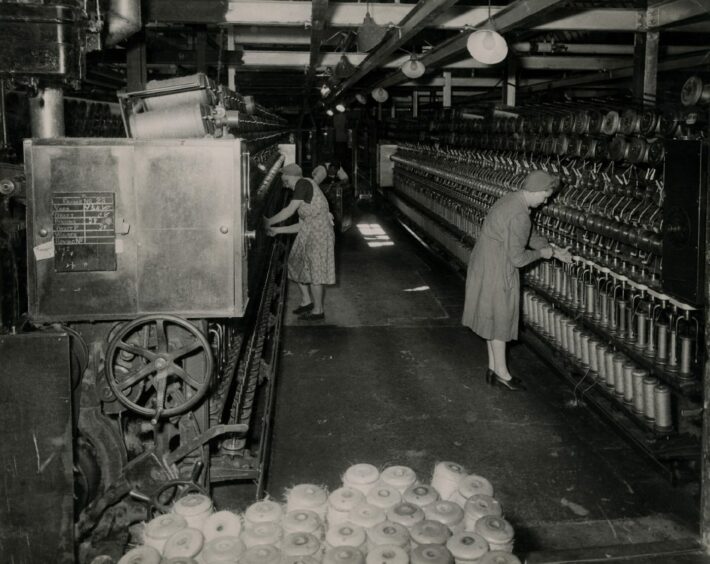
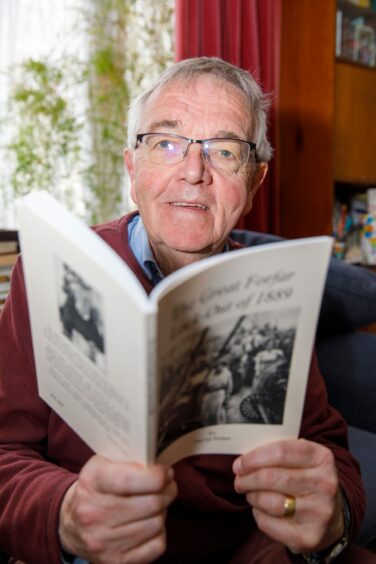
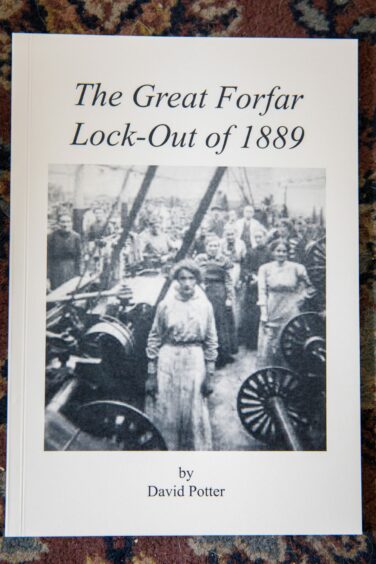
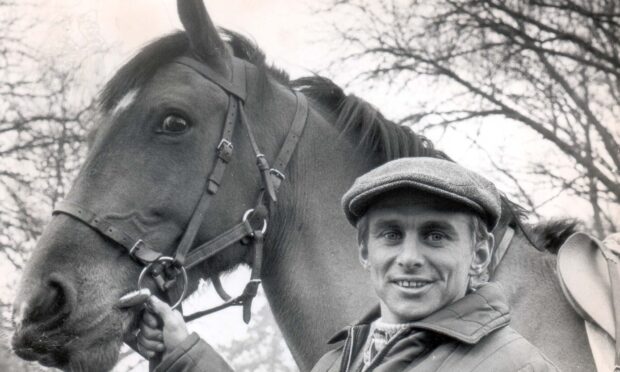

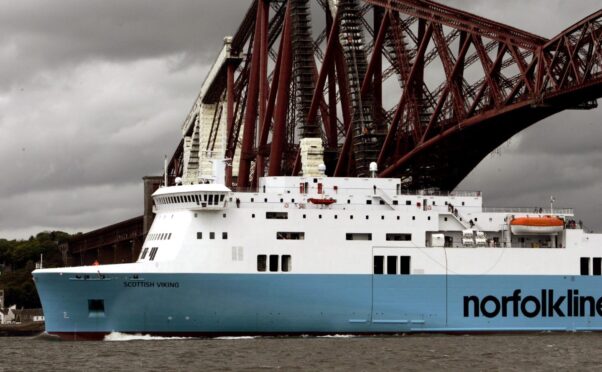
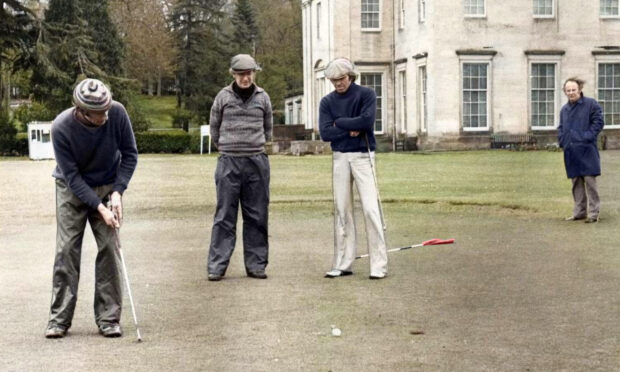
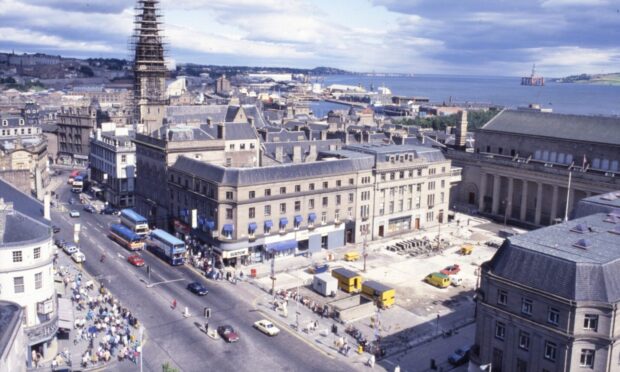


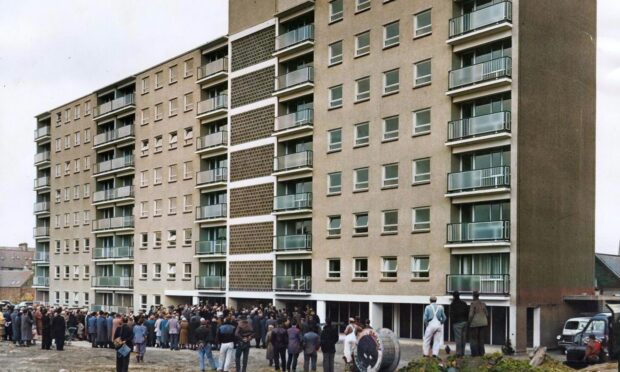

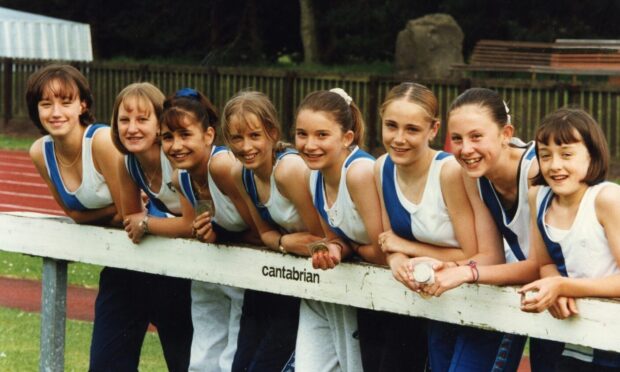
Conversation